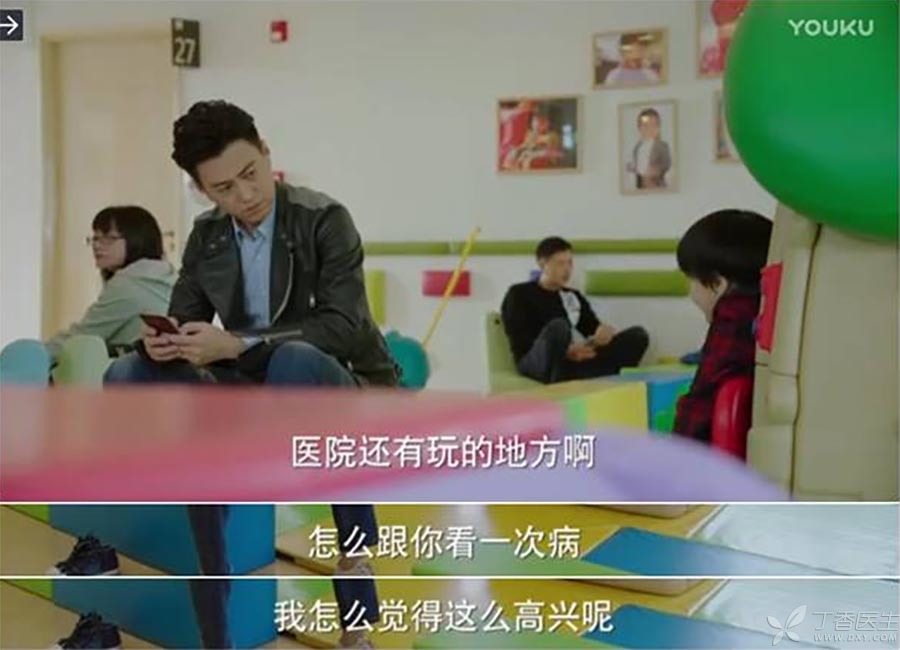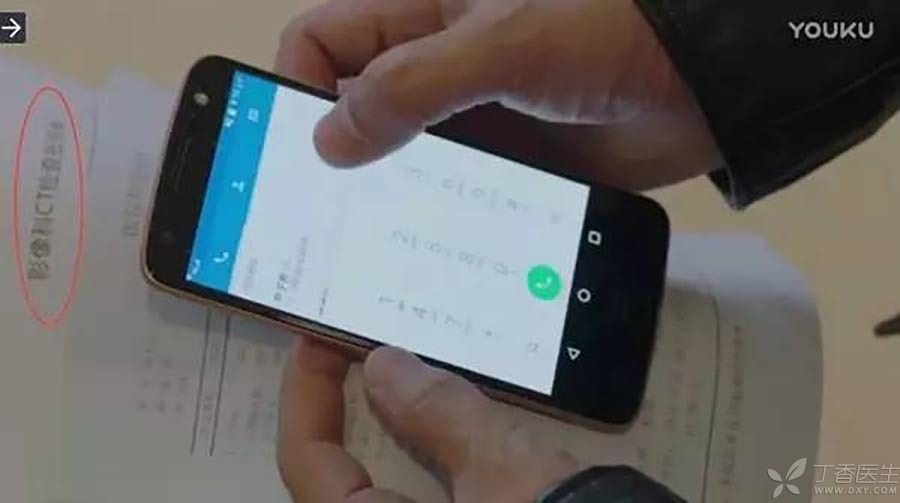
I won’t say much about all kinds of emotional and ethical points in the plot. Today, pediatrician Wang Qiuhua took her point of view to pick up the thunder points she saw in the play.
The heroine’s son Pinger was fine the night before. He talked happily with his mother and encouraged her to cheer up and do her homework. The next morning, my mother found him had a fever.

As an old driver, the female owner knew in the first place that she would give her child antipyretic and physical cooling, which was very good (although the child refused in pettish manner, she did not take any medicine in the end). However, the female owner gave the child to the male owner to take to the hospital because she had to have an interview.

Although the child still did not take antipyretic drugs, he was in good spirits at this time. He had a pleasant conversation with the male and female owners and said goodbye-in such a state of mind, it is fine not to take antipyretic drugs.
Whether a child has a fever or not can be judged as follows:
Usually pediatricians will use 38.5 ℃ as the dividing point between taking antipyretic drugs. But we should also know that the purpose of taking antipyretic drugs to children is to reduce the discomfort caused by fever. Therefore, when taking antipyretic drugs, it is more important to target specific [people] rather than body temperature.
That is to say, there is no one-size-fits-all standard. If you feel uncomfortable, you can consider taking drugs. If you are not particularly uncomfortable, you do not need to take antipyretic drugs.
The decision to go to the hospital is also correct. Looking for a doctor to judge whether there are any special circumstances will always make parents feel more at ease.
Pinger was alive and kicking in the children’s play area of the hospital and had a great time. However, this environment increases the risk of cross infection, which is worrying.

I have to say two words here: children should try not to play in the hospital.
Many parents have had similar experiences: they only coughed and started to have diarrhea after going to the hospital to see the disease.
Children’s resistance is already relatively weak, and their disease resistance is even lower during the illness period. People suffering from various diseases in hospitals have them, which easily leads to cross infection among children.
Then the walk-on doctor came out and their conversation began to make me speechless.

Children jumped up and down in the hospital, alive and well, plus the course of the disease is relatively short (less than half a day), there are no other discomfort symptoms, my consideration is the fever caused by virus infection. This is mostly self-limited, oneself will be good, the most is to explain to go home to have a good rest, drink water, as appropriate to use antipyretics.

When I took a closer look at the report card on the male owner’s hand: OMG, I even made a CT!
Judging from Pinger’s performance in the play, it does not meet the indications for CT. In addition, the radiation level of CT is much higher than that of X-ray, which is generally not recommended by the general practice.
For children with fever like Pinger, CT is only needed in what?
- Children with fever accompanied by poor spirit, headache, or jet vomiting, or convulsions, doctors consider the possibility of brain lesions; Children’s fever accompanied by severe abdominal pain cannot be relieved after defecation and exhaust with Kaisailu, and abdominal B-ultrasound or X-ray cannot well identify and exclude surgical acute abdomen or other abdominal lesions. Children with fever accompanied by severe cough, or chest pain, consider bronchial foreign bodies or other cardiopulmonary diseases.
If you look at another test form carefully, it is a blood routine report, which shows that the white blood cells are low. The common reason is virus infection.
In addition, hemoglobin is low and mild anemia. Although it is a walk-on show, does the doctor not need to explain and explain some what in the face of such a report? !

In this way, the infusion was simply and roughly decided for 3 days, and the infusion was finished by explaining how to pay and where to go. !
A qualified examination should include the professional explanation of the examination results by the medical personnel, and inform the medical personnel of the response plan for the problems found. Instead of letting the patients take the report, they still have doubts and rush to the hospital.
Doctors need to set aside enough time to communicate with patients to solve doubts, so that doctors can know more about patients and patients can know more about themselves.
For most children infected with the virus, most of them will have repeated fever for 3 days. Cough symptoms may occur afterwards. If the symptoms are not serious, pay attention to rest and wait for self-healing. If the symptoms are serious, symptomatic treatment should be taken as appropriate.
What we often say to parents is: for most children, time is the best treatment. Of course, everything is not absolute. During this period, we need to pay close attention to the changes of children’s illness, follow up and understand the situation, and follow up when necessary.
In addition, in the plot, the doctor asked the child if he had a history of pneumonia in the past. In fact, this is not particularly helpful to the judgment of the disease and whether infusion is needed.
This starts with why infusion is needed. There are no more than two general reasons:
1. Infusion because antibiotics are needed. At least in the play, I didn’t see any indication that children need antibiotics. And even if bacterial infection is considered and antibiotics are needed, oral preparations are generally recommended as the first choice.
2. Infusion is due to too little intake and dehydration. If the child has repeated fever, does not eat or drink, has less urine and is mentally poor, then infusion is required in such a situation, but only some glucose, sodium chloride electrolyte and the like need to be infused, and antibiotics do not need to be infused.
And need to follow up every day to judge the situation, does not directly determine the infusion for 3 days. If the child is in good spirits, can eat and drink, urine volume is a lot, then you can not use infusion to supplement liquid and energy.
To sum up, from the information provided by the plot, I did not see that the child had indications for infusion.
Finally, as a pediatrician, I especially hope that when the screenwriter writes the script, he can think more about the feelings of the pediatrician and find a reliable doctor to guide him professionally. After all, it seems that mothers all over China have been chasing this play recently. I am very worried that these plots will mislead parents and think that the best treatment for children’s fever is infusion.
